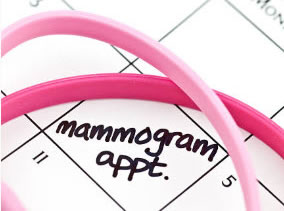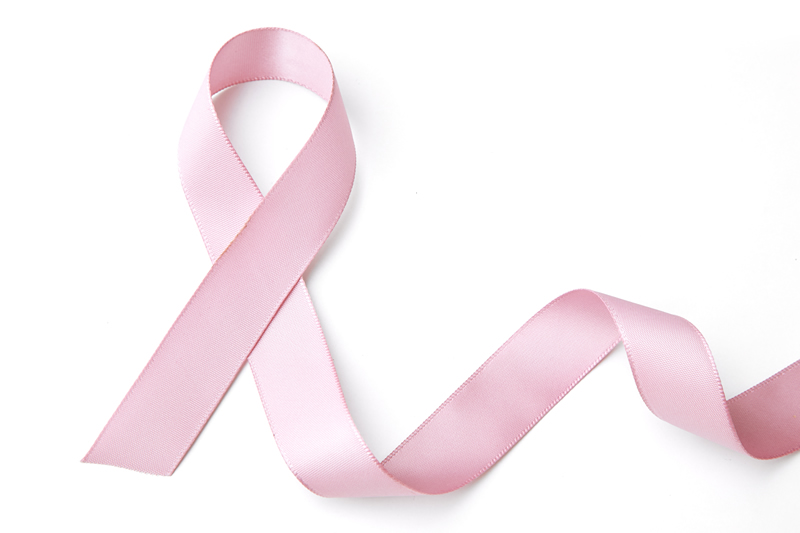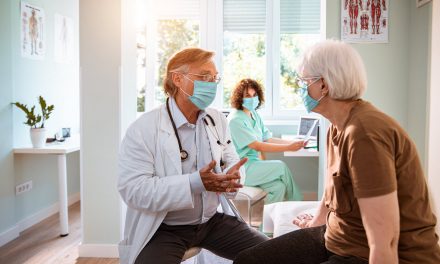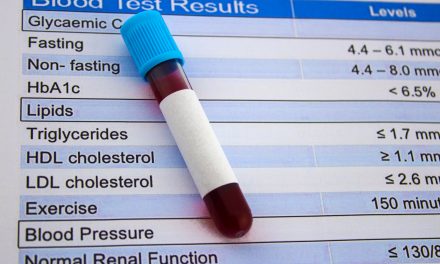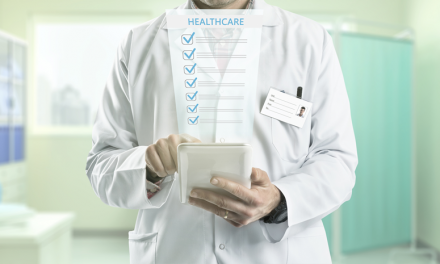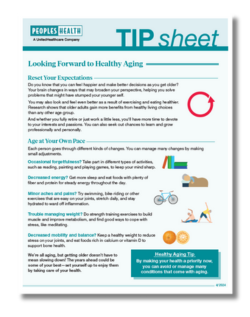One in eight women will develop breast cancer in her lifetime. Men are also diagnosed, but it is rare. Risk for the disease increases with age, and family history is a main factor. Women with a sister, mother or daughter with breast cancer are two to three times more likely to get it.
So, what can you do?
Know your family history and discuss it with your doctor.
Do breast self-exams regularly.
Have a healthy weight.
Exercise regularly.
When should you get a mammogram?
That depends on your age and risk factors. Talk to your doctor about a screening schedule that’s right for you, including if you’re older than age 74. General screening recommendations are:
35 to 40 have a baseline—or initial—mammogram (those with a family history of the disease may need to begin screening at an earlier age)
40 to 51 have a mammogram at least every two years
52 to 69 have a mammogram yearly
Women over age 70 should discuss a mammogram schedule with their doctor.
Tell your doctor right away if you have:
- A lump or mass in your breast
- A change in the size or shape of your breast
- Discharge from the nipple
- Changes in the skin on your breast or nipple
- An area on the breast that’s very different from the rest
- A hard, round area under the skin
Prevention and early diagnosis are the best ways to fight the disease. Performing monthly breast self-examinations and scheduling a mammogram are two important measures a woman can take. Schedule Your Mammogram today!
